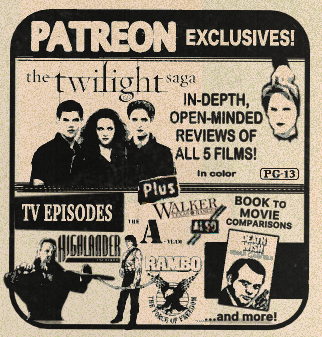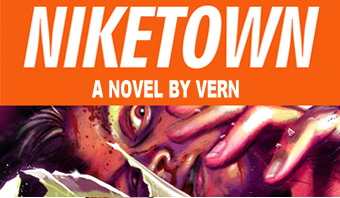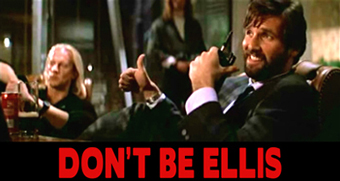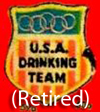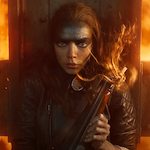 Note: There aren’t exactly twists or anything to spoil in FURIOSA, but this is all spoilers. You really should see the movie first. This review is the discussion afterwards.
Note: There aren’t exactly twists or anything to spoil in FURIOSA, but this is all spoilers. You really should see the movie first. This review is the discussion afterwards.
There are over one million things I’ve always loved about the MAD MAX movies, and one of them is that they’re separate tales. There’s no continuity, no narrative references to or consequences from a previous chapter, and other than Max Rockatansky and his Last of the V8 Interceptors there’s never been a returning character, location or faction. They don’t necessarily take place in any order, and they’re so separate that some people think Tom Hardy’s Max is a different character from Mel Gibson’s. I’ve always thought of them as more like the Man With No Name trilogy than, say, STAR WARS.
But FURIOSA: A MAD MAX SAGA isn’t a MAD MAX movie. Says it right there in the title – it’s a saga. And we knew it was the backstory of Furiosa, written in conjunction with MAD MAX: FURY ROAD, shown to Charlize Theron to help her performance, at one point supposedly considered to be shot back-to-back, at another to be done as an anime movie directed by Mahiro Maeda (director of the Second Renaissance episodes of THE ANIMATRIX and animator on NAUSICAA and KILL BILL VOL. 1). So FURIOSA is a traditional prequel in the sense that it depicts an earlier stage of the specific world and characters of FURY ROAD. (read the rest of this shit…)

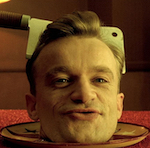 “Just like you said, the wind’s shifting. Everyone’s gonna get it.”
“Just like you said, the wind’s shifting. Everyone’s gonna get it.” At the 65th Academy Awards, the Best Foreign Language Film Oscar went to a French film – the historical drama INDOCHINE. I’m sure it was great, but people like me didn’t know to pay attention to movies like that. We paid attention to the French film that we heard was really cool looking and darkly funny and had something to do with cannibalism. That was DELICATESSEN, the feature debut of directors Jean-Pierre Jeunet & Marc Caro, which Miramax released in the U.S. on April 3, 1992, a year after it came out in France.
At the 65th Academy Awards, the Best Foreign Language Film Oscar went to a French film – the historical drama INDOCHINE. I’m sure it was great, but people like me didn’t know to pay attention to movies like that. We paid attention to the French film that we heard was really cool looking and darkly funny and had something to do with cannibalism. That was DELICATESSEN, the feature debut of directors Jean-Pierre Jeunet & Marc Caro, which Miramax released in the U.S. on April 3, 1992, a year after it came out in France.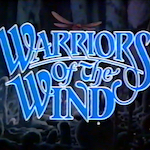 June 13, 1985 (?)
June 13, 1985 (?) People may not have known it was a Japanese film, released there in 1984, now shortened by nearly 25 minutes and dubbed into English, with the names of some characters and creatures changed. Today we know it in its original form and title – NAUSICAÄ OF THE VALLEY OF THE WIND, the second feature film by the globally revered writer/director Hayao Miyazaki (MY NEIGHBOR TOTORO,
People may not have known it was a Japanese film, released there in 1984, now shortened by nearly 25 minutes and dubbed into English, with the names of some characters and creatures changed. Today we know it in its original form and title – NAUSICAÄ OF THE VALLEY OF THE WIND, the second feature film by the globally revered writer/director Hayao Miyazaki (MY NEIGHBOR TOTORO, 